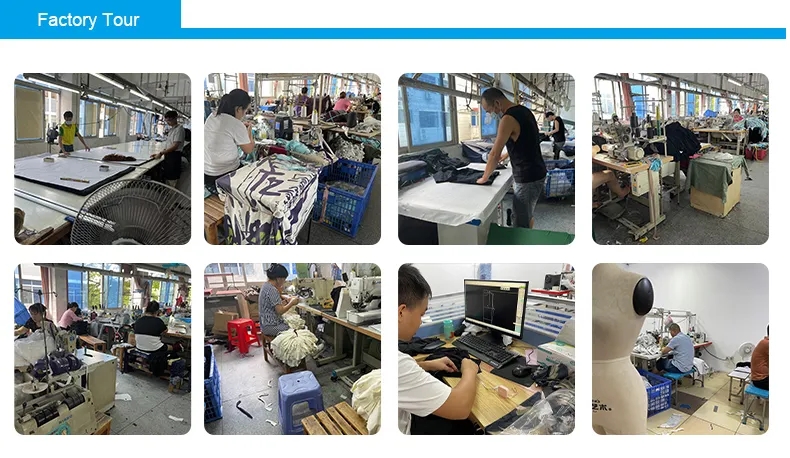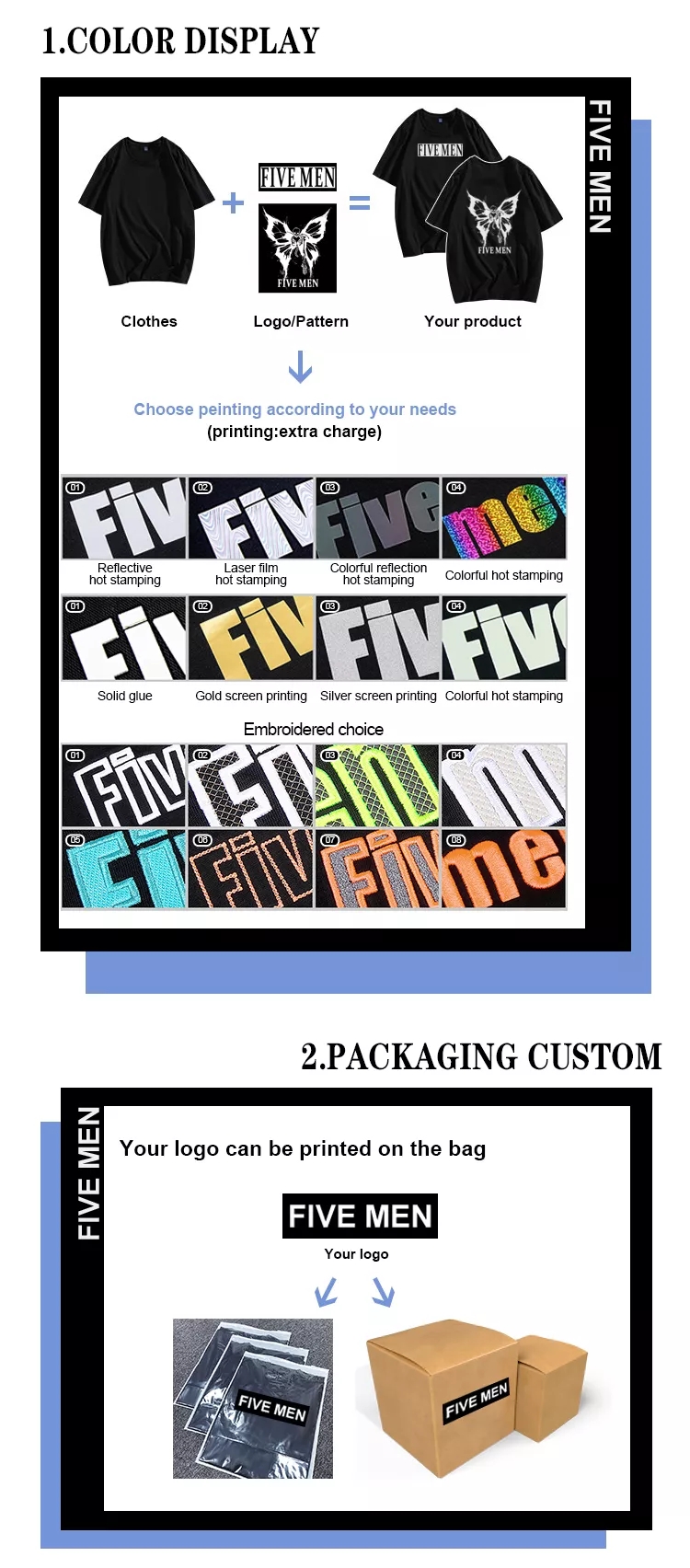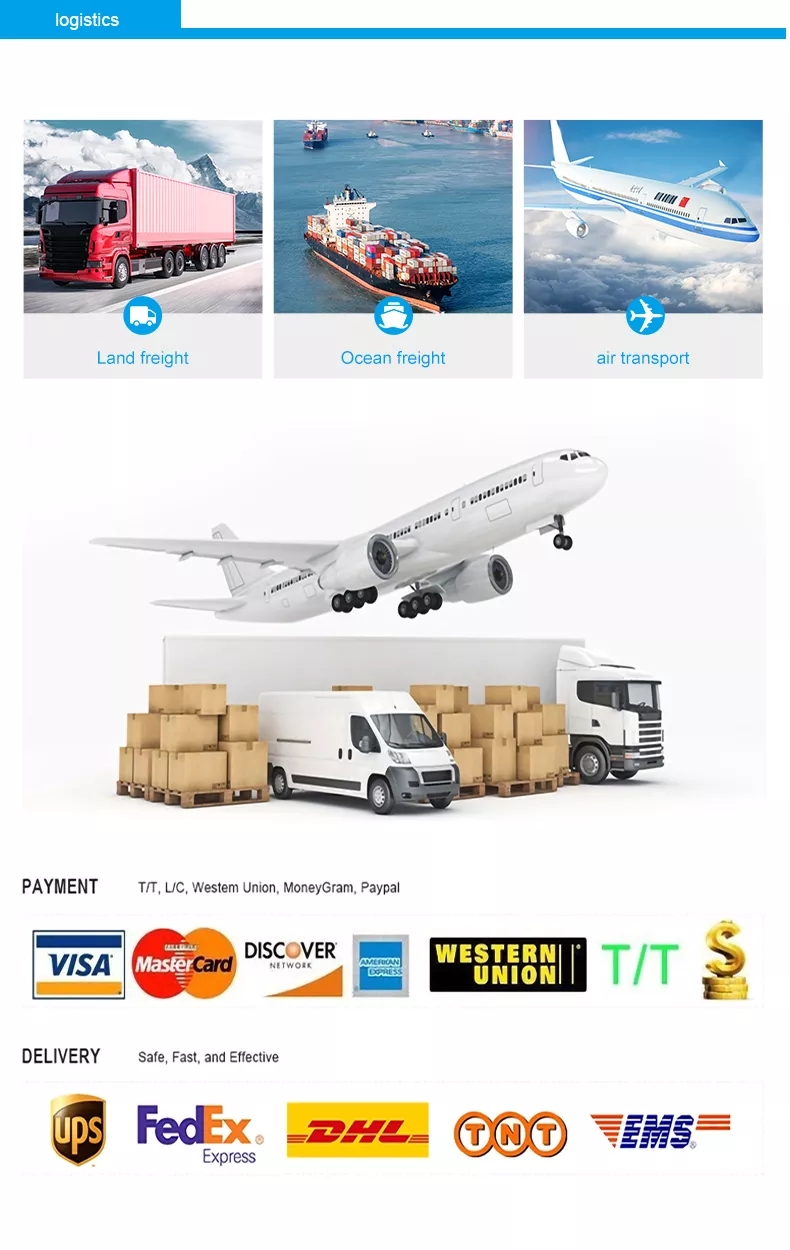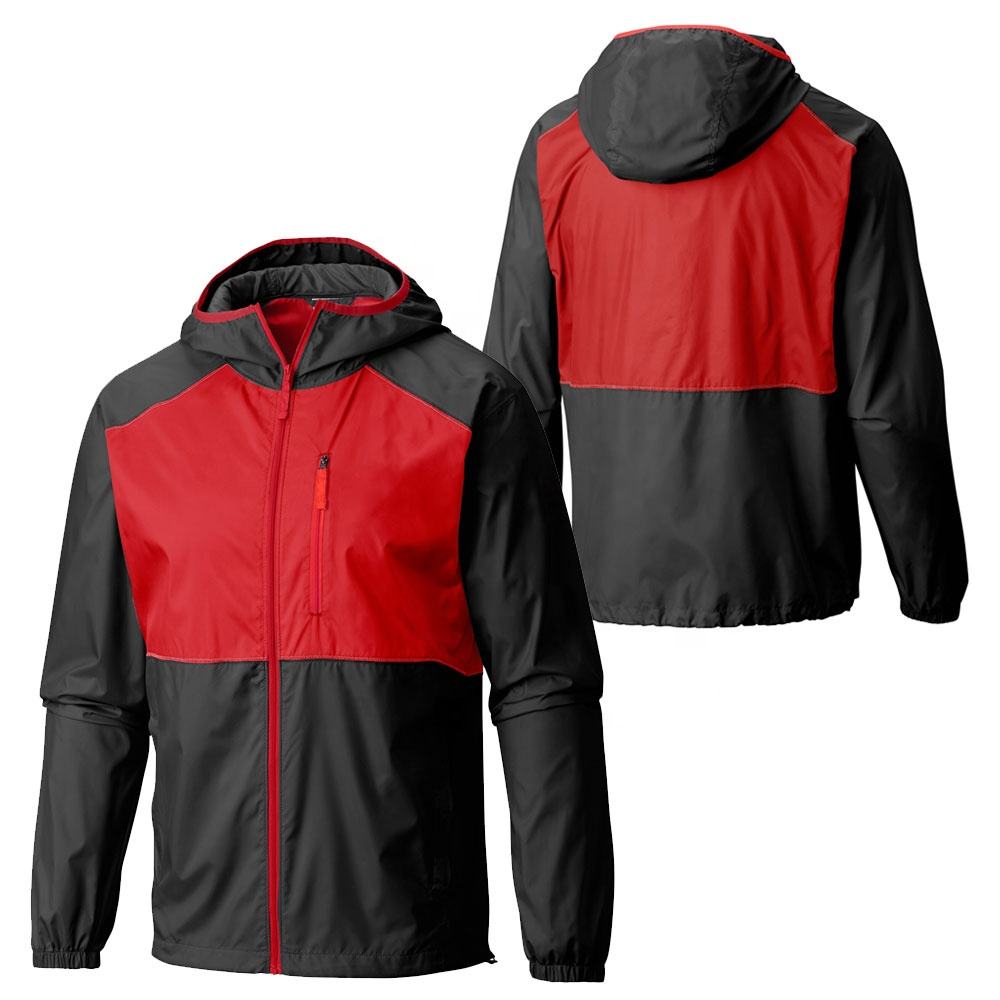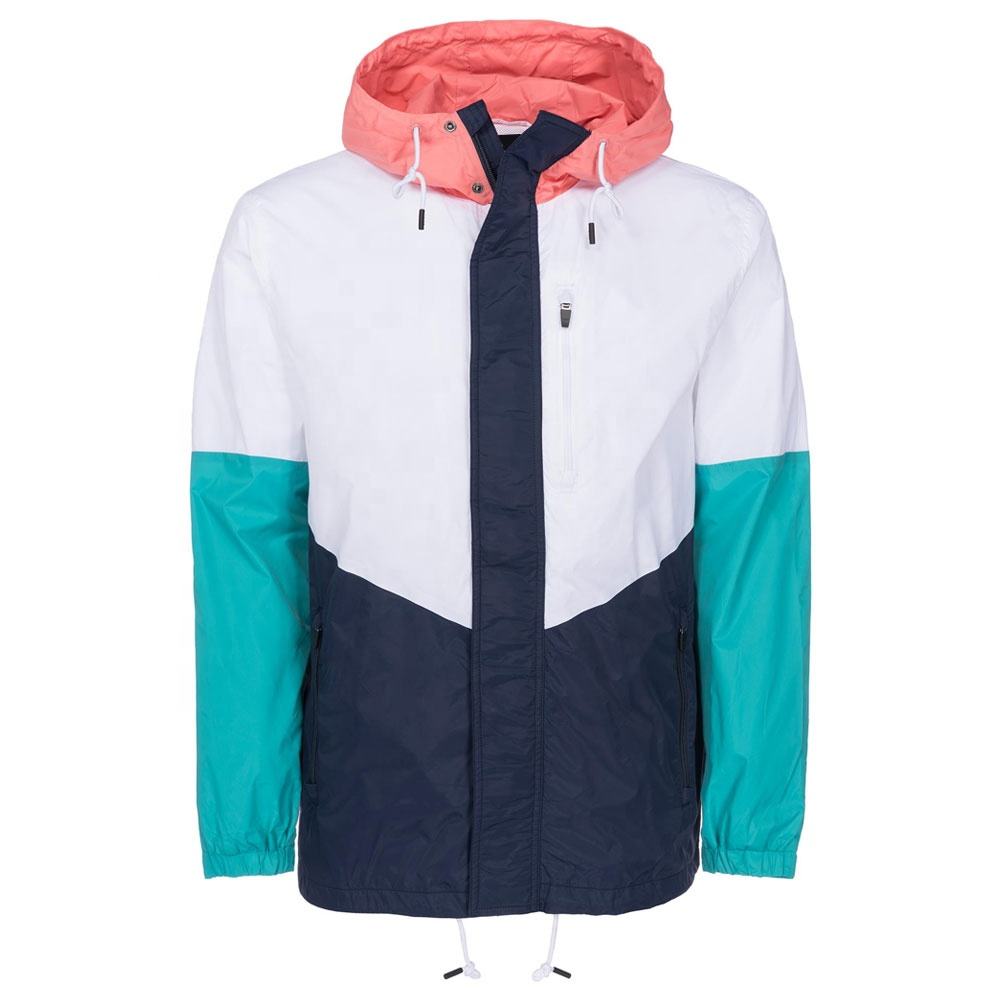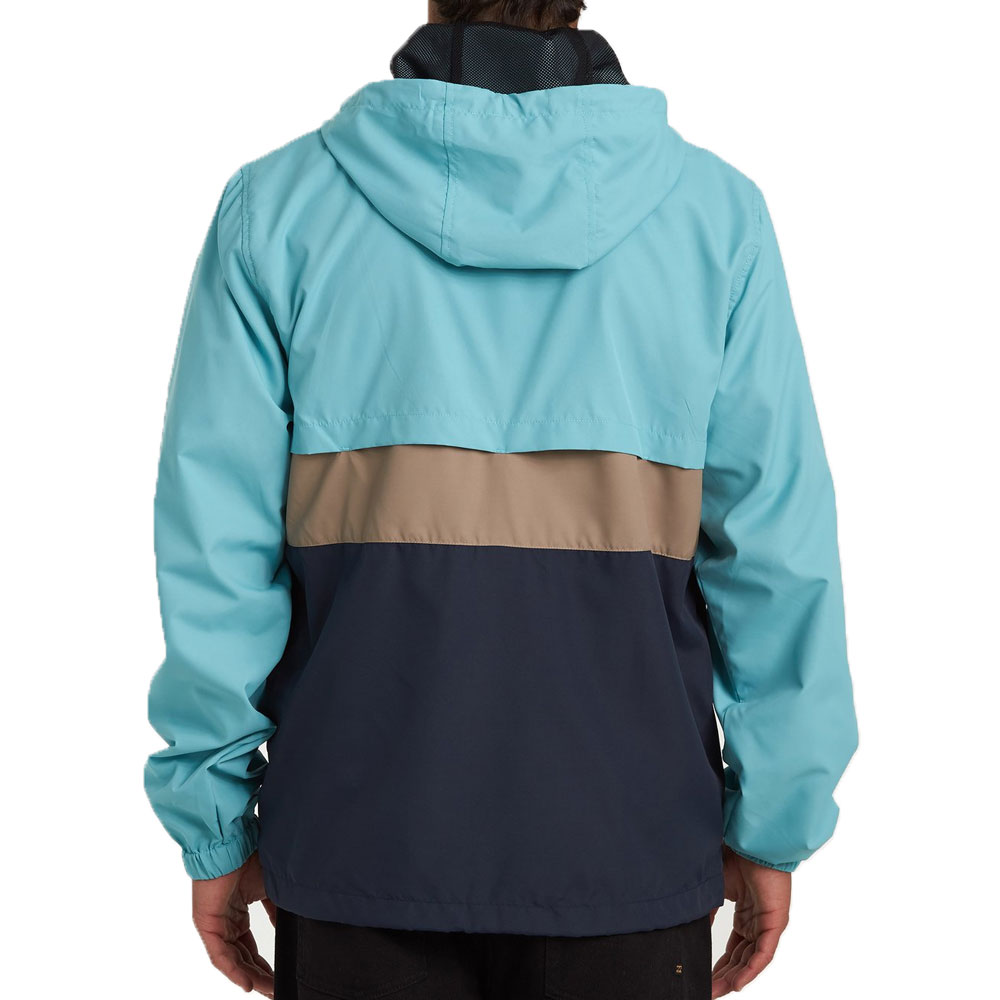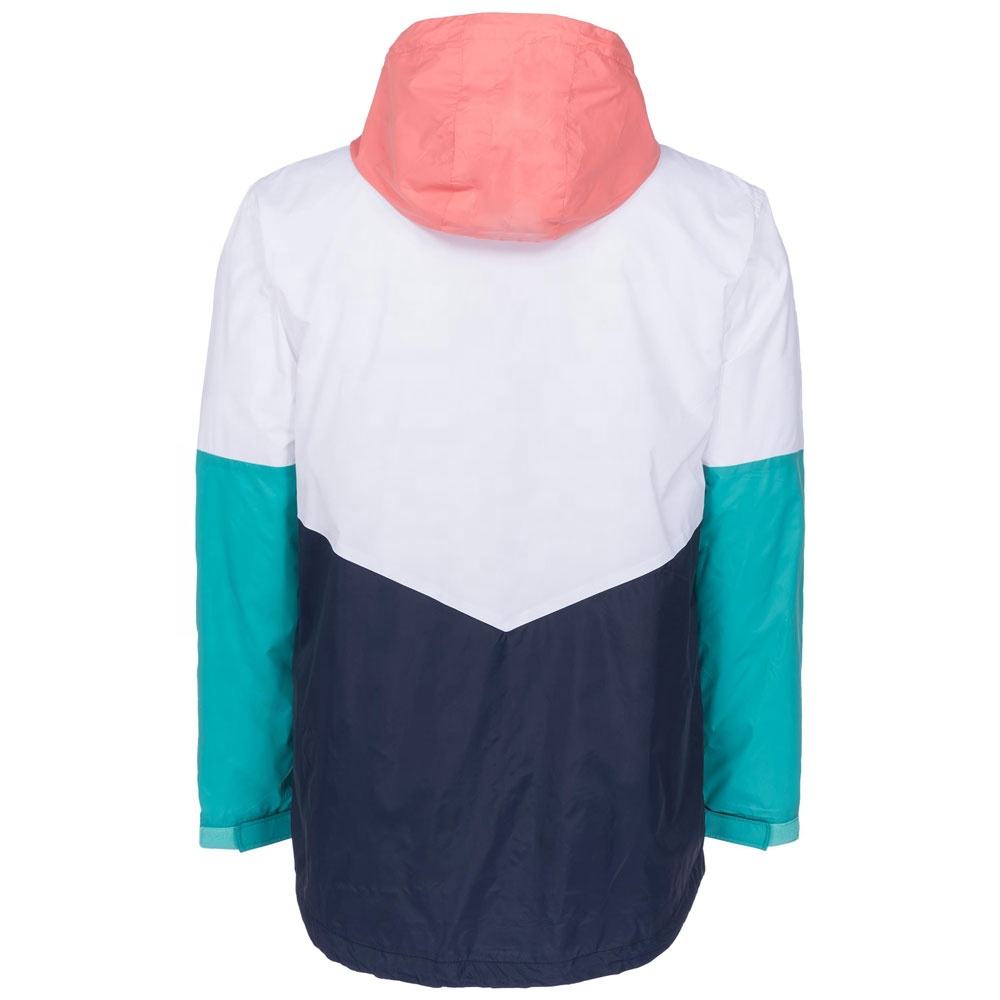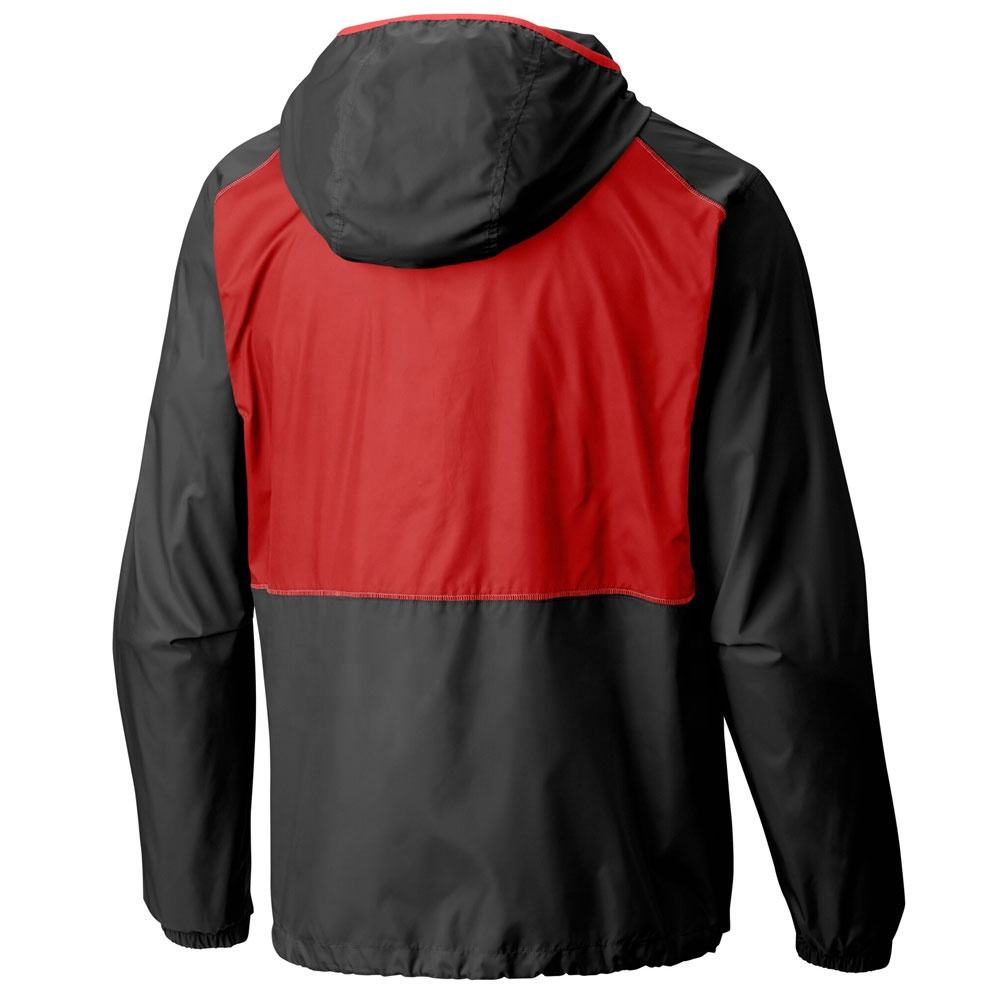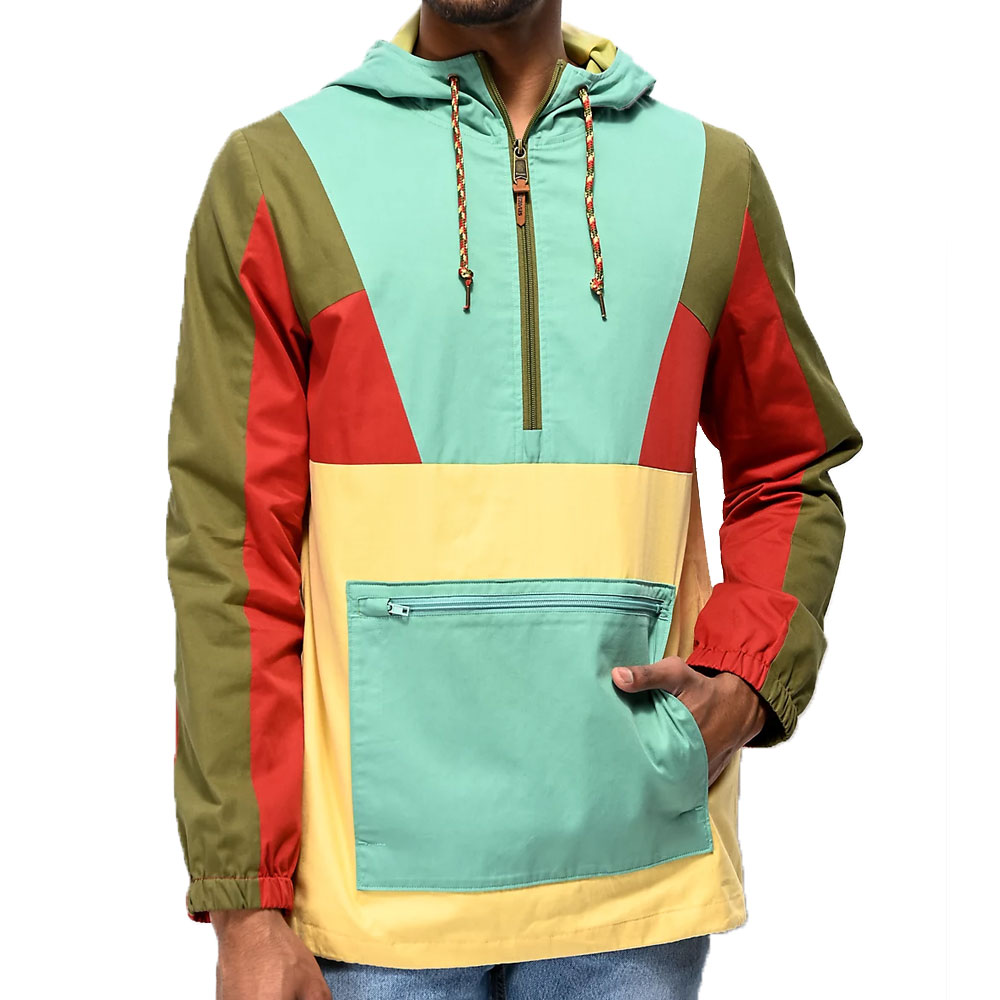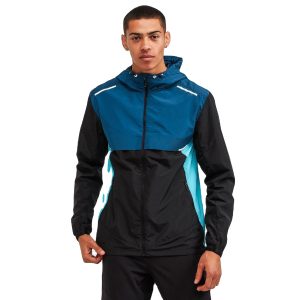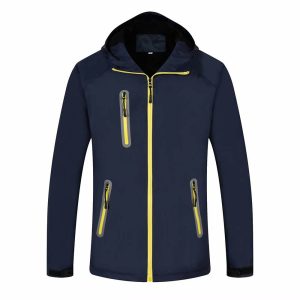Reflective windbreakers can be packaged in a variety of ways depending on the specific requirements of the product, the manufacturing process, and the distribution channels. Some common packaging methods for reflective windbreakers include:
- Polybags – This is a simple and cost-effective way to package individual windbreakers. The windbreaker is placed in a clear or opaque plastic bag, which is then sealed.
- Hanger Bags – Windbreakers can be packaged on hangers, which are then placed in a clear plastic bag that is sealed. This type of packaging is commonly used by retail stores.
- Shipping Cartons – Windbreakers can be packed in cardboard shipping cartons for shipping to distributors or retailers. These cartons may be plain or printed with branding or product information.
- Shrink-Wrapping – This involves wrapping the windbreaker in a plastic film that shrinks when heated. This creates a tight, protective seal around the product.
- Custom Packaging – Some manufacturers may create custom packaging for their windbreakers, such as boxes or tubes with branding or product information printed on them.
The packaging method used will depend on a variety of factors, including the product design, the manufacturing process, and the intended distribution channels.
Reflective windbreakers have several benefits, including:
- Visibility: Reflective windbreakers are designed to reflect light, making the wearer more visible in low light conditions such as at night or in low light environments. This can help increase safety and reduce the risk of accidents.
- Weather protection: Windbreakers are designed to protect the wearer from wind, rain, and other weather conditions. Reflective windbreakers provide this protection while also offering the added benefit of visibility.
- Comfort: Windbreakers are typically made of lightweight, breathable materials that are comfortable to wear. Reflective windbreakers are no exception, and are often designed to be worn in a variety of conditions.
- Style: Reflective windbreakers are available in a variety of styles and colors, making them a fashionable choice for people who want to be visible and stylish at the same time.
- Versatility: Reflective windbreakers can be used for a variety of activities, such as running, cycling, walking, or hiking. They can also be worn as a casual outer layer for everyday use.
Overall, the benefits of reflective windbreakers make them a popular choice for people who want to stay safe and comfortable in low light conditions while also looking stylish.
The characteristics of reflective windbreakers can vary depending on the specific design, materials used, and intended use. However, some common characteristics of reflective windbreakers include:
- Reflective Material: Reflective windbreakers are designed with reflective materials that increase the wearer’s visibility in low light conditions.
- Lightweight and breathable: Windbreakers are typically made of lightweight, breathable materials that allow air to circulate and help regulate body temperature.
- Water-resistant: Many reflective windbreakers are designed to be water-resistant, which helps keep the wearer dry in rainy conditions.
- Wind-resistant: Reflective windbreakers are typically designed to block the wind, helping to keep the wearer warm and comfortable in windy conditions.
- Adjustable features: Many reflective windbreakers have adjustable features such as hoods, cuffs, and waistbands, which allow the wearer to customize the fit for maximum comfort and protection.
- Pockets: Reflective windbreakers often have pockets for storing small items such as keys or a cell phone.
- Versatility: Reflective windbreakers can be worn for a variety of activities, including running, cycling, walking, or hiking, and can also be worn as a casual outer layer for everyday use.
Overall, the characteristics of reflective windbreakers make them a popular choice for people who want to stay visible, comfortable, and protected in low light and challenging weather conditions.
